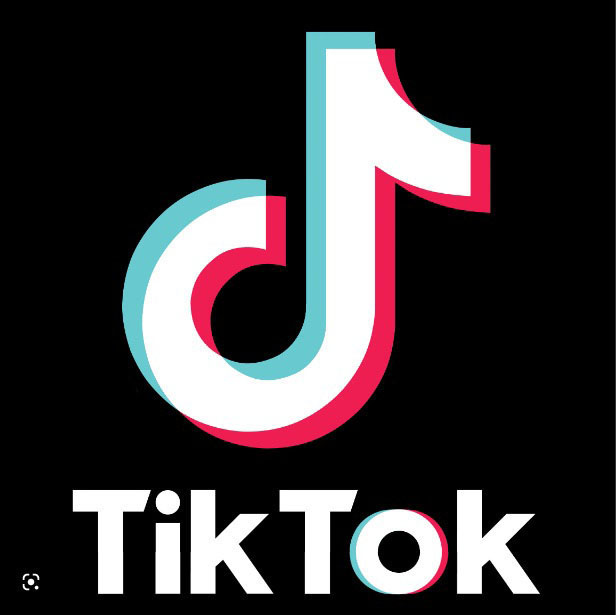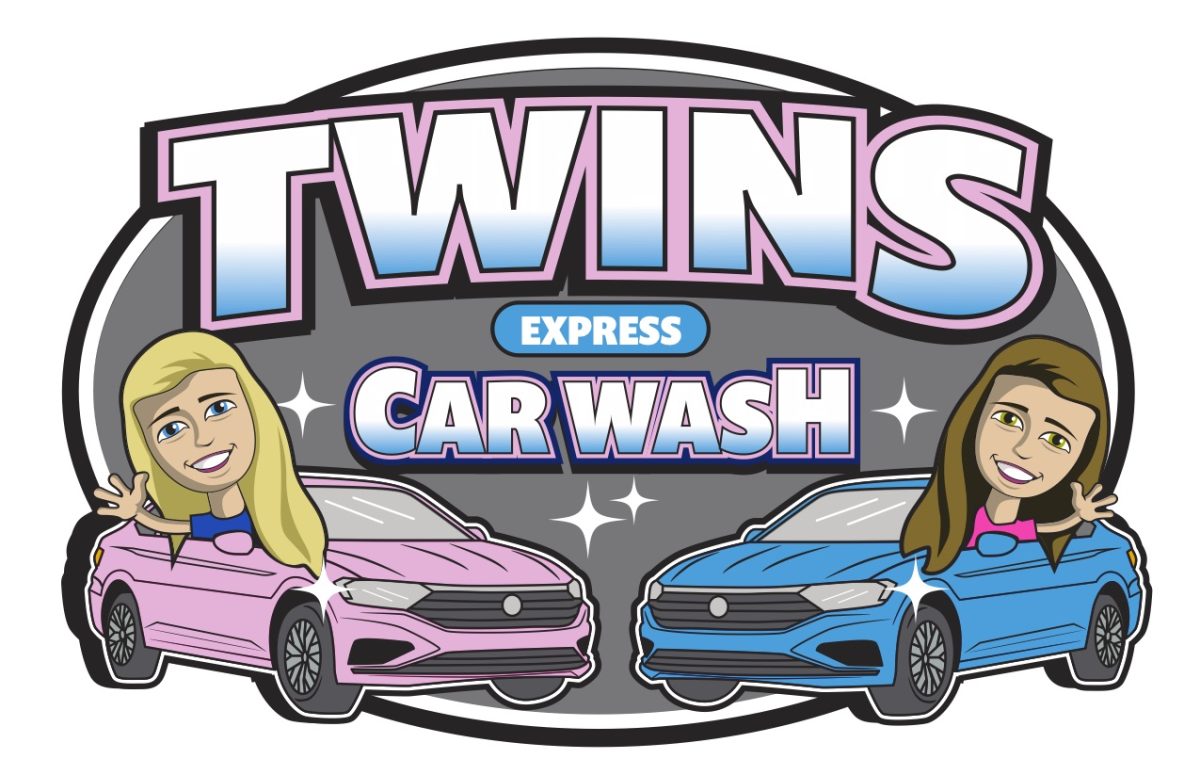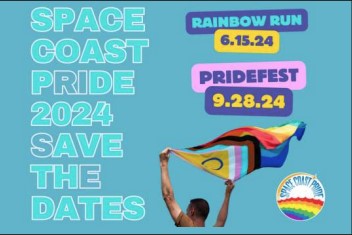Increase in Social Media Use Causes Myriad Problems for Teens
March 27, 2023
TikTok, the massive social media site, revealed that in 2020 one-third of its American user base was 18 years old or younger, nearly 49 million teens. According to Pew Research 67 percent of teens say they consistently use TikTok, second to YouTube at 95 percent. With so many young people flocking to TikTok the quetion arises, what does TikTok have that other social media sites like Snapchat or Instagram don’t?
TikTok was founded in 2016 by ByteDance, a Chinese tech company, and released to international audiences in 2017, but only became popular in America after merging with Musical’ly in 2018. At a fundamental level, TikTok is like any other video sharing platform, but when it was released in America, it was marketed as a platform to share self-recorded dance videos and lip syncing. Dancing is still popular on the TikTok, but the platform has now diversified into niches of content much like YouTube. For many teens, TikTok is the go-to place to watch comedy sketches, sport clips, fail videos, music, news, drama or any number of interests or hobbies.
The two features that set TikTok apart from its competitors is that almost all clips shared on the platform are within 30 seconds and there is little user input, meaning when a feed is opened, the only input required by a user is to flip down when a clip is finished and a new video is automatically played to fit the user’s interests as determined by an algorithm. These two differences from other social media cause the average teen TikTok user to spend 99 minutes a day on the app compared to 61 minutes a day for YouTube, users according to TechCrunch.
Because a teen users will spend 99 minutes a day on TikTok, it is likely they will consume around 200 individual clips, while on YouTube the average video length is 11.7 minutes, meaning they can watch five to six videos in the average 61 minutes. On YouTube, users have to choose a video, while TikTok simply feeds them endless amounts of short content. The problem with TikTok lies in this fact: It is extraordinarily easy to open a feed and not have a single thought as the minutes fly past, and as minutes turn to hours the brain does not comprehend much, except the need to swipe through the clips that don’t spark interest right away, swipe through the cringe, swipe through opinions it doesn’t agree with. Swipe. Swipe. Swipe.
TikTok’s short-clip model means content creators must maximize entertainment value, and condense information into less than a minute. This makes clips — whether they be news or entertainment — flashy and sensational, and in turn just addictive enough to keep users swiping. This is especially problematic when it comes to the increasing number of people who use TikTok for news. According to Pew Research, in 2020 only 22 percent of users said they got their news from TikTok, but in only two years that number had risen to 33 percent, meaning approximately 28.7 million Americans get news from TikTok. Much the way a catchy or exaggerated headline in a traditional news story is supposed to get readers invested in news, YouTube has the problem of sensationalized thumbnails on informational or news videos. Generally the length of a YouTube video or a written story allows for a creator or organization to fully explain a topic despite it flashy leads and thumbnails. For news on TikTok to get views, it must pack many minutes of explanation into seconds while also being sensational, to the point of misinformation, to stop users from scrolling through. As a result, teens who consume news only on TikTok are great at repeating headlines or talking points, but they often lack the details and important information.





















































